For the latest, second, guest post at Pulped Travel, I have asked an old friend of mine (and a published magazine travel writer) to contribute. Heather has produced a really entertaining and insightful guide to an area of Spain many people are close to, on the Costa Blanca, but may not necessarily take the time to visit. I hope you enjoy reading about the Rio Seco as much as I did and that it provides you with the inspiration to take that step off the beaten track to explore somewhere new in a part of the world already ‘conquered’ by the package tourist.
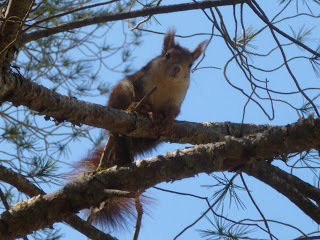
A red squirrel (source – HeatherC)
Last month I called upon a friend I’d met in Ecuador several years ago. She had come to visit me when I lived in Sheffield and we’d kept in touch over the Internet, but it’s been a good few years since we last met up. She now lives in Spain, and I thought it was about time I took advantage of the outrageously cheap flights to Murcia and paid her a visit. To be quite honest, I wasn’t expecting much from the destination itself: The Costa Blanca. An internet search of the area, Pilar de la Horadada, yielded pages and pages of golf resorts, 18-30 style holiday offers and ‘Dream Homes’ in the sun. Not really my cup of tea, but a bit of sunshine and a catch-up with my old pal would make a lovely break in itself – so long as I could avoid theme bars and golf courses.
Finn came to pick me up from Murcia airport, which is a good job as it is really quite tiny and doesn’t seem to be furnished with taxi ranks or bus stops (this explains the enormous queues for car hire I had to steer through in the arrivals hall). I spent the 20 minute journey to our destination peering through the darkness and getting very excited at glimpses of citrus groves, with unpicked fruits illuminated by the headlights. The area around Pilar is largely agricultural. Whilst it is true that many of the little fishing villages on the coast have been turned into ex-pat communities and concreted monstrosities, you don’t have to go too far inland to find yourself in rural Spain.
Finn had to spend most of the daytime at work, and I set about getting to know the village where she lived – Pinar de Campoverde. It didn’t take too long, to be quite honest; the centre of Campoverde is essentially one street with a couple of basic shops and some alarming-looking bars with names like ‘Coco Loco.’ Many British and German citizens have emigrated here, or have holiday homes where they spend the summer season. This is still a Spanish village, however, and you’d get short shrift in the tobacconist (run by the ex-Mayoress) if you insisted on speaking English.
What is really special about Campoverde, however, is that it perches on the edge of a truly beautiful national park – the Rio Seco. Just off the main street is a little road leading to one of the entrances to this protected area, based on the course of a dry riverbed. When I visited, however, it was not so dry – heavy showers punctuated my holiday, incredibly unusual for an area that is usually baked dry by the endless sunshine. This meant that a ghost of a river had begun to flow along its old path, adding a lush freshness to the landscape. In places the colourful sandstone cliffs have eroded into stunning columns and caves which catch the sunlight in red and gold. In other places, trees, grasses, shrubs and reeds have grown so thick that sunlight is blotted out and you find yourself walking through a tunnel of greenery. A huge variety of wildlife lives in the Rio Seco area. I saw birds such as Bee-eaters, Hoopoes, Finches and Long-tailed Tits, as well as lizards and rabbits. Snakes are also reportedly common here, as well as hares and red squirrels. The flora is so varied, from Aloe and Pine to Bullrush and Rubber Plant. Bougainvillea, Tamarisk and Red Bottlebrush add splashes of red and pink to the greenery, against the gorgeous golden sandstone. What most amazed me was that there was no one else there. It was just me and the Bottlebrush and the Hoopoes. Walking alone in this dreamlike landscape was fantastically peaceful. I love being solo in this kind of environment, where you can truly soak up the tranquillity and let your thoughts wander at will. Aside from the trickling of water and the chatter of birds, there was beautiful silence.
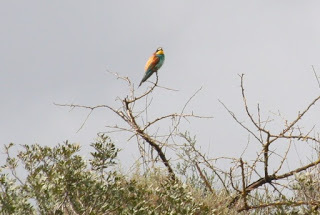
A bee-eater (source – HeatherC)
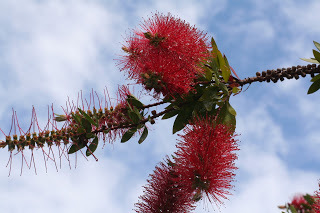
Red Bottlebrush (source – HeatherC)
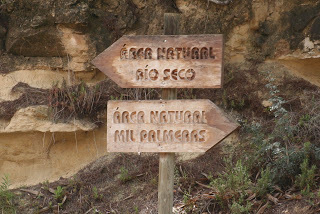
Signposting the way! (source – HeatherC)
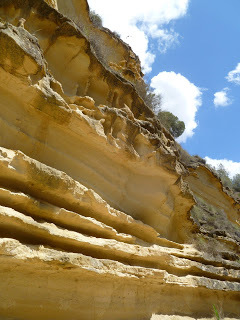
Ridges of rock (source – HeatherC)
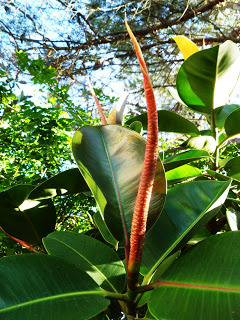
Rubber Plant (source – HeatherC)
Sensible precautions must be taken, naturally, as all solo travel necessitates; a phone and a bottle of water are essentials. Finn warned me not to go when heavy rain was forecast as flash-floods can be a danger, and you wouldn’t want to be caught there in the heat of the day, so it’s best to set off early morning or late afternoon. You can walk for several miles along various paths, either towards Mil Palmeras on the coast or in a loop back to Campoverde. In drier weather it’s possible to cycle along the route, though you should be prepared to carry your bike at times!
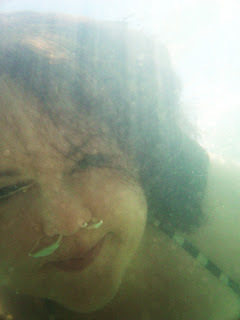
HeatherC’s underwater adventures in Spain (source – HeatherC)
©Pulped Travel 2016. All rights reserved.


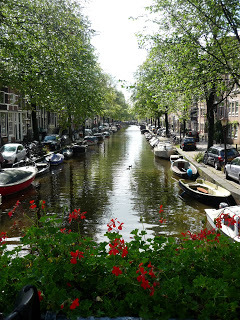
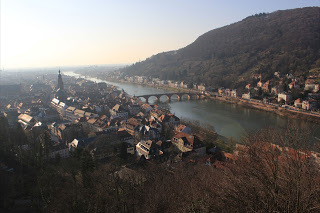
No Comments